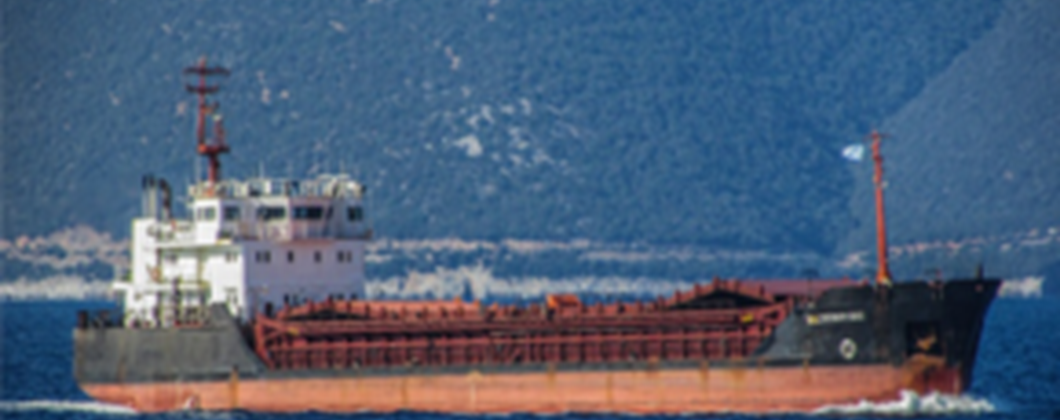Our guide to a brief history of marine tankers

A tanker is basically a ship designed to transport liquid cargo. There are a number of different types of tanker ranging from deep-sea parcel tankers to small coastal tankers.
The use of tankers to transport chemicals is a relatively recent innovation; the first tankers were used in the late nineteenth century. Prior to this, the technology was just not available to transport liquid in bulk, in a straightforward and effective manner.
In addition, the market at the time did not promote the selling of, or the transportation of, bulk cargo. As a result, the majority of ships transported a whole host of different products in different holds. If liquids were transported, for example, drinking water for the ship’s crew, it was usually stored in casks.
The oil industry was the first to embrace the use of tankers to transport liquid cargo. It started to use tankers to carry refined fuels, in bulk, from refineries to customers. When the tankers reached their destination the fuel would be transferred to large tanks where it would be stored prior to being divided up and delivered to individual locations. This arrangement was more financially lucrative than transporting oil by ship using previous methods.
Eventually, other industries realised that it would be more cost effective to use tankers to transport their own liquids, the first of which was the Guinness brewery who began using tankers to transport stout.
Currently, liquid chemical shipping companies use a wide range of different tankers. Oil tankers are still the most popular and include product tankers, chemical tankers, and crude tankers, all of which vary in their capacities and are classified accordingly.
